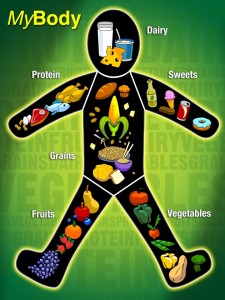Books about food politics: quick reviews
I’m traveling this week so it’s a good time to catch up on hoarded posts. Books about food politics pour in. Here are some good ones:
Susan George, Whose Crisis, Whose Future: Towards a Greener, Fairer, Richer World. Polity 2010. Susan George has been writing about food crises for decades. I read her Food for Beginners when I first became interested in food politics. She now works for the Transnational Institute. http://www.tni.org/ an “international network of activist researchers (“scholar activists”) committed to critical analyses of the global problems of today and tomorrow. It aims to provide intellectual support to movements struggling for a more democratic, equitable and environmentally sustainable world.” George’s book argues that “every aspect of this crisis can be traced to a transnational neoliberal elite that has steadily eroded our rights and stripped us of power.” Worth a read.
Brian McDonald, Food Security. Polity 2010. This one is about globalization and its effects on food safety and security. It ends with a section on how to think about creating sustainable food safety and security systems. McDonald is a professor of science, technology, and society at Penn State.
Psyche Williams-Forson and Carole Counihan, editors, Taking Food Public: Redefining Foodways in a Changing World. Routledge, 2012. This is a multi-authored compendium of articles on the politics of food and culture, with particular emphasis on inequalities in income, gender, food availability, food consumption, and food justice. The editors explain that “this anthology capitalizes on this particular cultural moment to bring to the fore recent scholarship that focuses on innovative ways people are recasting food in public spaces to challenge hegemonic practices and meanings.”
Paul L. Knechtges, Food Safety: Theory and Practice, Jones and Bartlett, 2012. This is a brand new textbook for people who want to become food safety professionals. It covers all the basics along with explanations of risk analysis and laws and regulations, methods of laboratory analysis, the role of safety inspectors, and other such matters. It is written clearly and is well illustrated and you just know you will be tested on every chapter.



